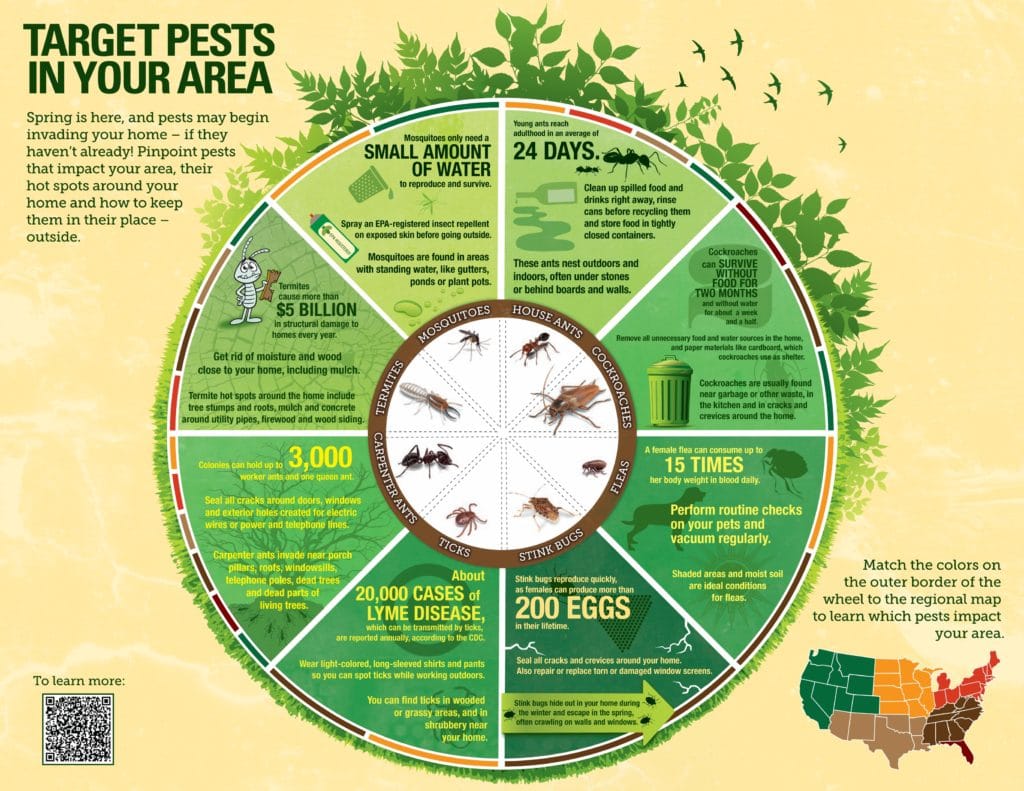Handling Rat Infestations: Insights Into Rodent Psychology
Handling Rat Infestations: Insights Into Rodent Psychology
Blog Article
Content Writer-McDonough Corbett
When it comes to rodent control, recognizing common rodent actions is key to efficiently handling invasions. Did you know that rodents have some remarkable nesting routines that might amaze you? By exploring their complex habits, you can obtain useful understandings right into just how to deal with rodent problems in a more strategic and reliable fashion. So, let's untangle the enigmas behind these animals' actions and discover how to outmaneuver them in your rodent control initiatives.
Rodent Nesting Behaviors
When observing rats in their natural environment, you'll notice that they proactively seek out products to create their nests. Rodents, such as mice and rats, are clever creatures that make use of a range of products like twigs, leaves, paper, and material to build their homes. They're thorough in their nest-building process, commonly lining their nests with softer materials like fur or feathers to develop a comfortable setting.
Rodents prefer to develop their nests in concealed and secure areas to protect themselves and their young from killers. Common nesting places include wall dental caries, attics, cellars, and even within insulation materials. By constructing their nests in these private locations, rats can securely elevate their offspring far from potential dangers.
It is vital to comprehend the nesting habits of rats when executing control procedures. By disrupting their nests or removing materials, you can prevent rats from developing a visibility in your home or home. Appropriate sanitation and sealing entrance points are additionally essential steps in avoiding rodent invasions.
Rodent Feeding Patterns
After observing rodents' nesting habits, it comes to be noticeable that their feeding patterns play an important function in their daily lives and behaviors. Rats, consisting of computer mice and rats, are opportunistic feeders, implying they'll eat whatever food resource is easily available. They're mostly nighttime creatures, favoring to forage for food throughout the cover of night to prevent killers.
Rats have a varied diet regimen, ranging from grains, seeds, fruits, and veggies to pests, nuts, and also little pets. https://www.pctonline.com/news/percheron-capital-expands-pest-control-services-in-southeast/ in their food choices enables them to thrive in numerous settings, including city locations where human food resources are bountiful.
Their feeding patterns aren't just driven by cravings however also by the requirement to stock food for times of shortage. This habits is especially obvious to prepare for winter season or when nesting. Rats are recognized to hoard food in their nests or burrows, making certain a continuous food supply. Recognizing their feeding patterns is necessary in implementing reliable rodent control procedures to disrupt their food resources and avoid problems.
Rodent Movement and Traveling
Rats navigate their surroundings with agility and stealth, using their keen detects to relocate promptly through their atmospheres. These creatures are proficient climbers, able to scale wall surfaces and upright surface areas easily. They can additionally squeeze via surprisingly small openings, making it crucial to seal any type of possible entrance factors in your home.
When it concerns taking a trip, rats often tend to adhere to familiar courses, producing trails along wall surfaces or skirting the sides of rooms. They're creatures of habit, commonly staying with these developed courses as they forage for food or discover their environments.
you can look here are understood for their nocturnal routines, so you might hear them hurrying about during the night as they search for food and water. Their motions fast and irregular, enabling them to dart in and out of sight in the blink of an eye.
Recognizing exactly how rats relocate and travel can aid you determine possible invasion areas in your house and take positive steps to prevent these pests from obtaining a grip.
Final thought
As you work to regulate rats in your home, remember that comprehending their behavior is crucial. By identifying their nesting habits, feeding patterns, and movement, you can successfully prevent problems.
Coincidentally, by taking proactive actions to remove food resources and seal off entry factors, you can disrupt their acquainted paths and compel them to seek new areas, ultimately lowering the likelihood of rodent presence in your space.
